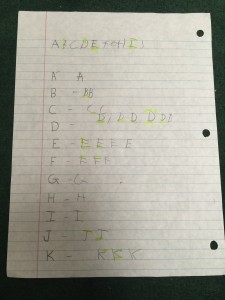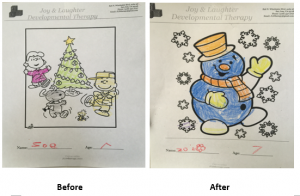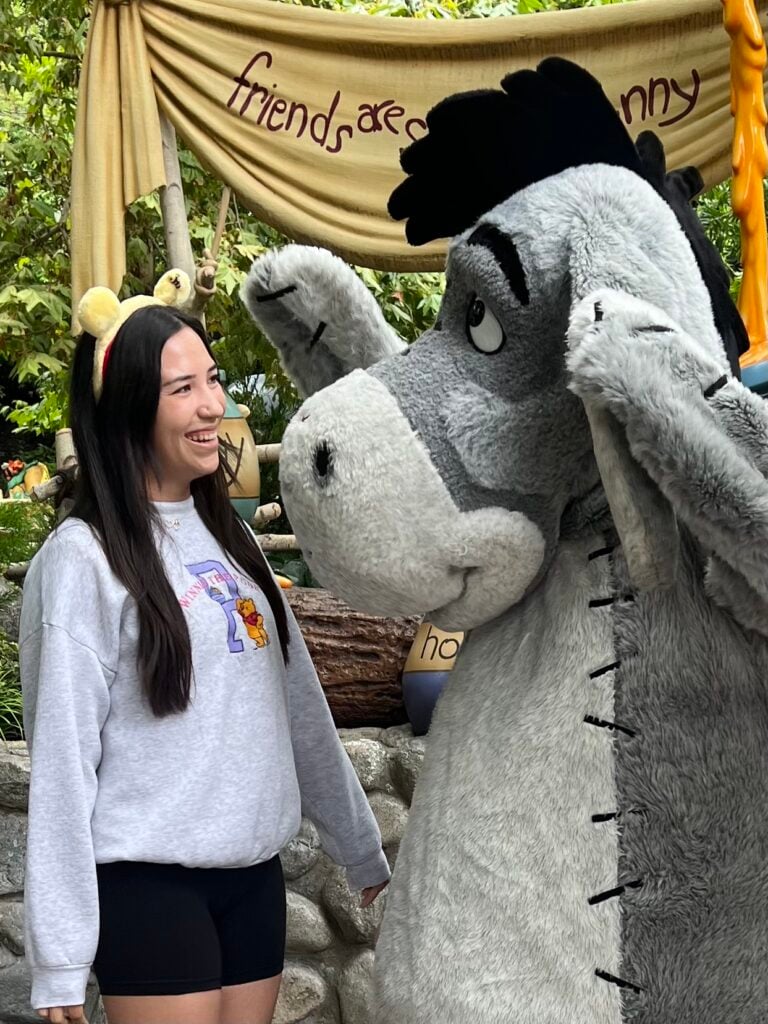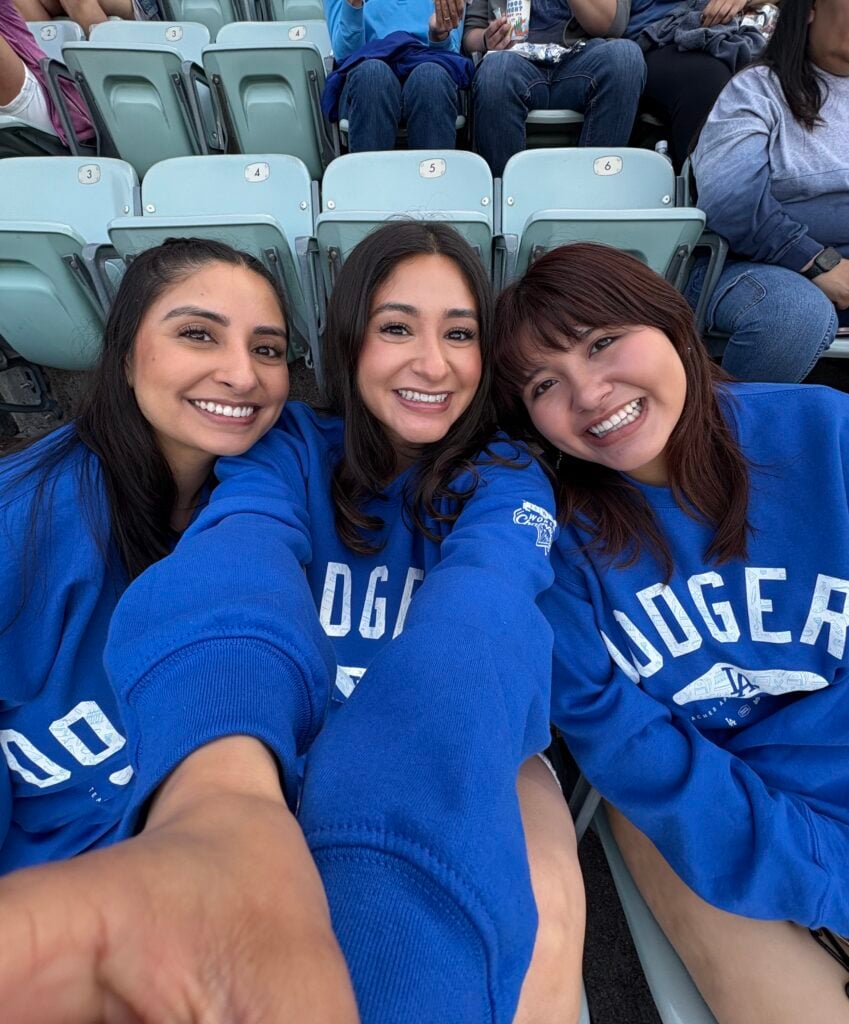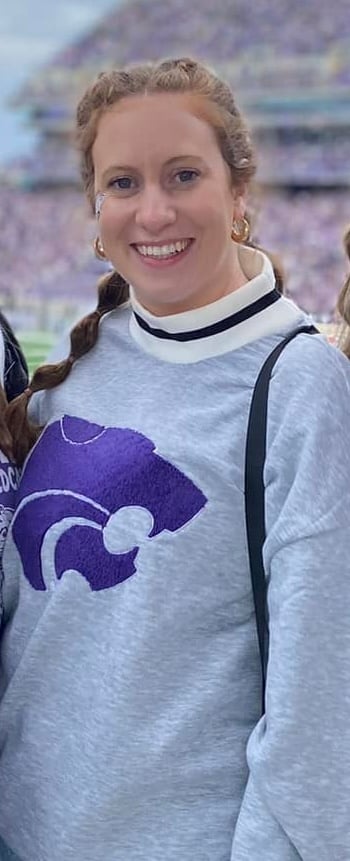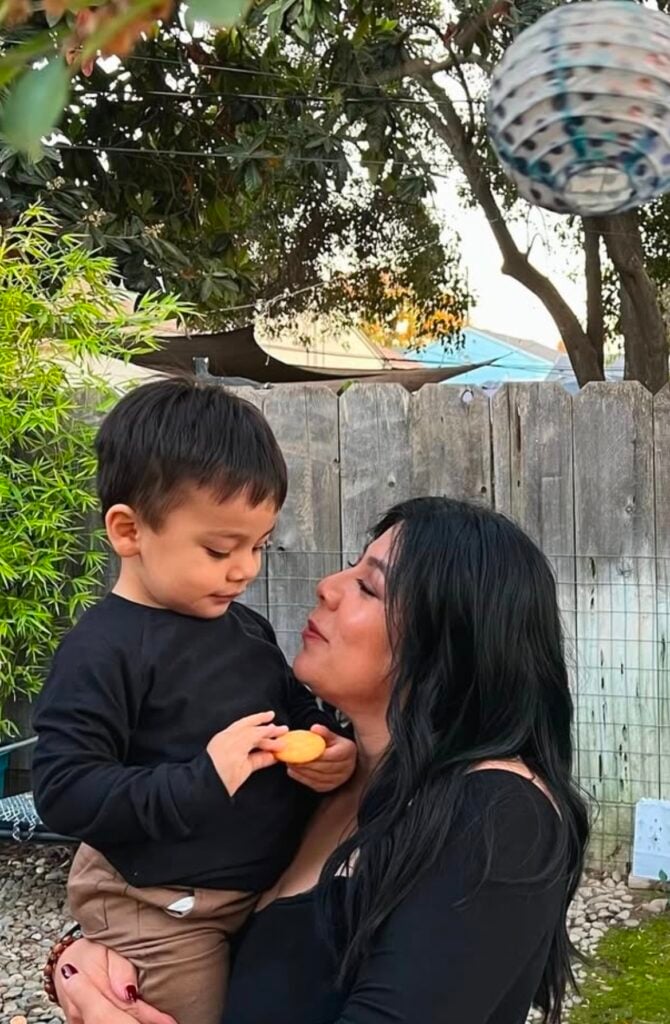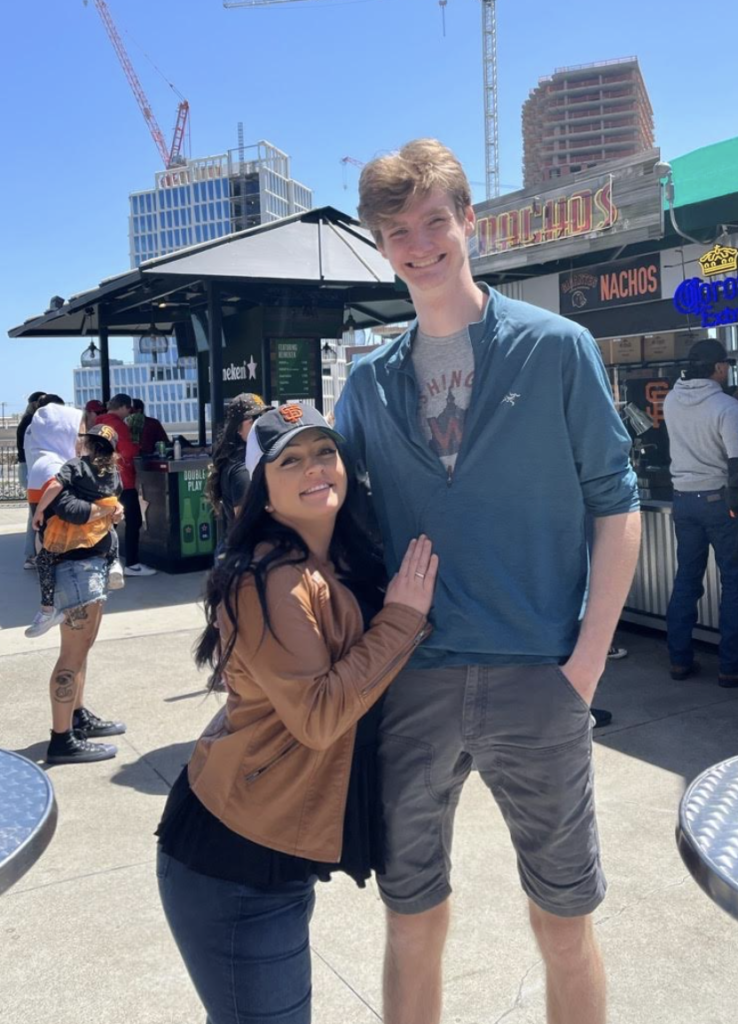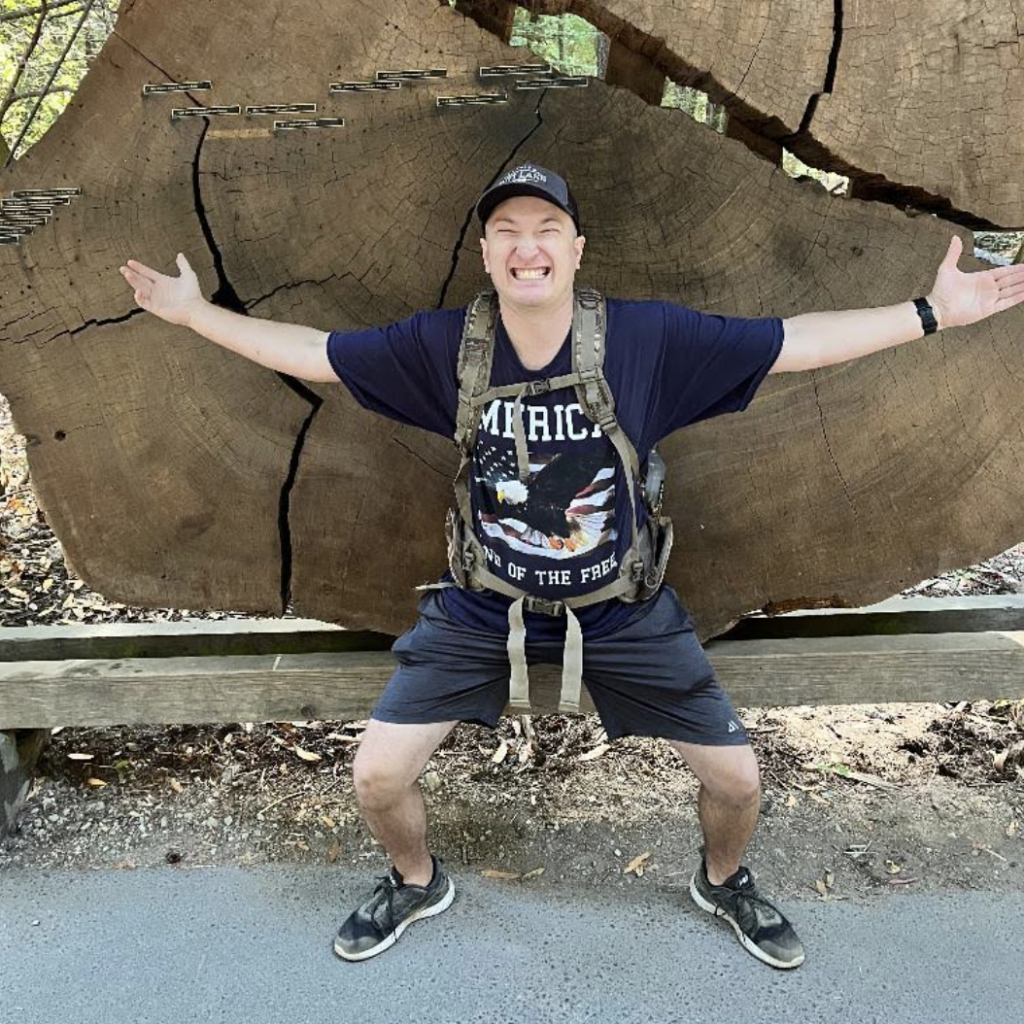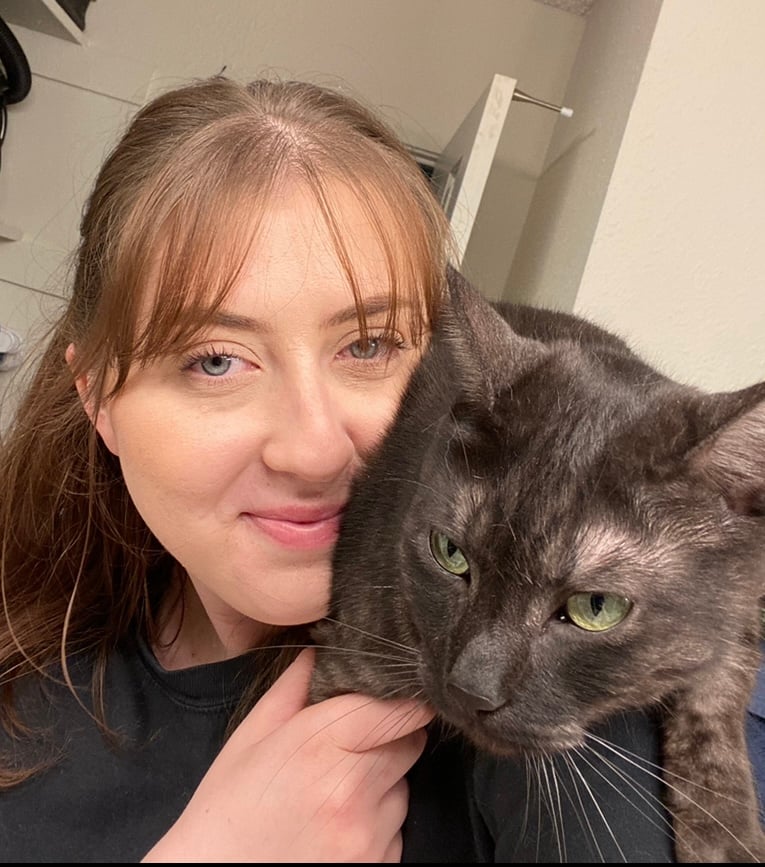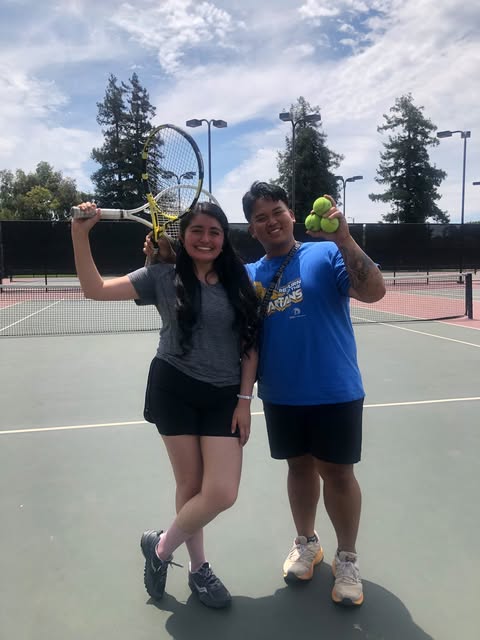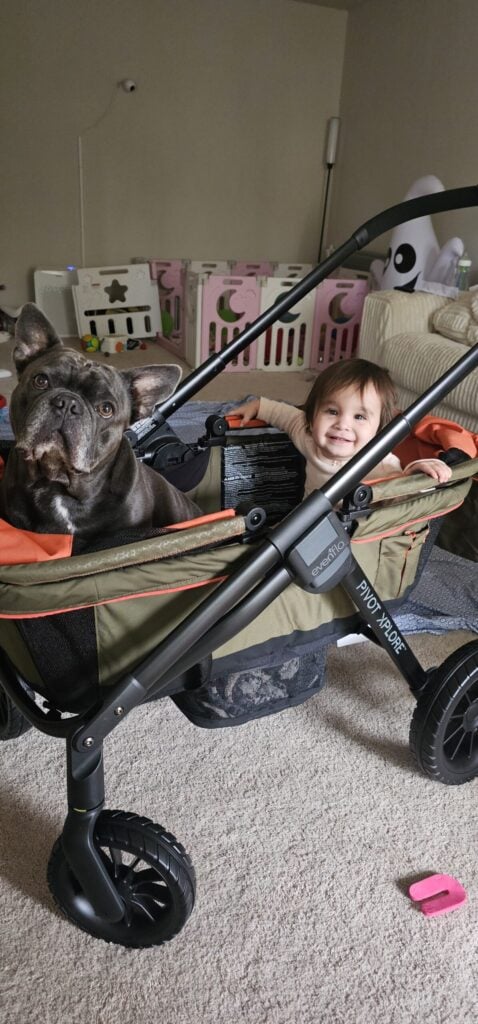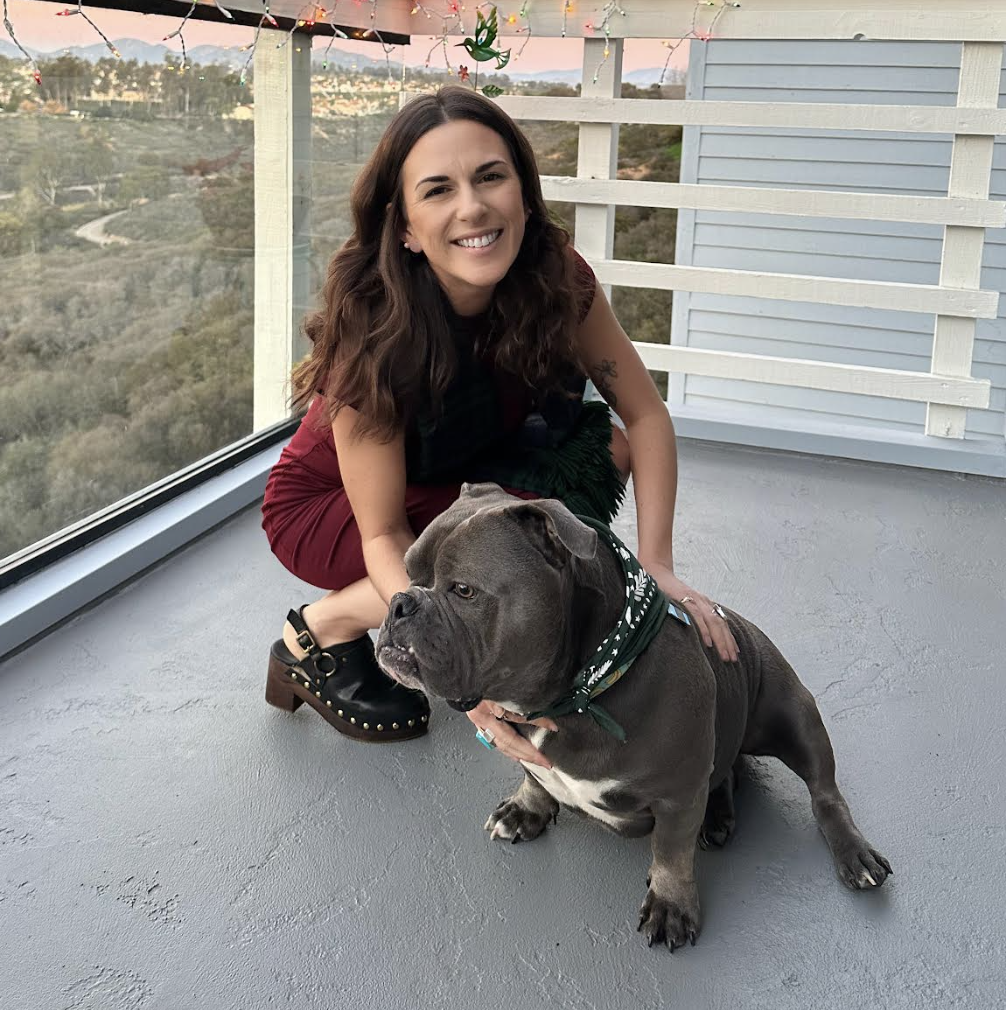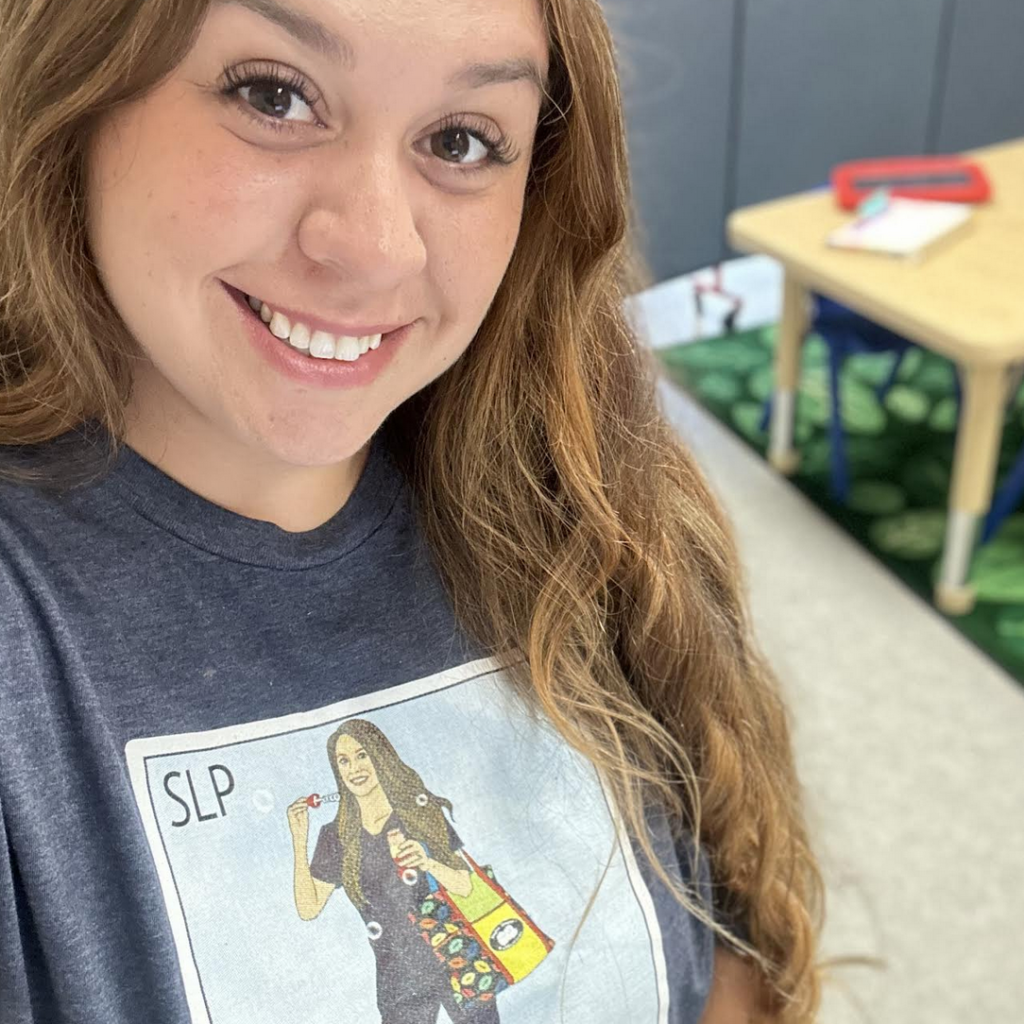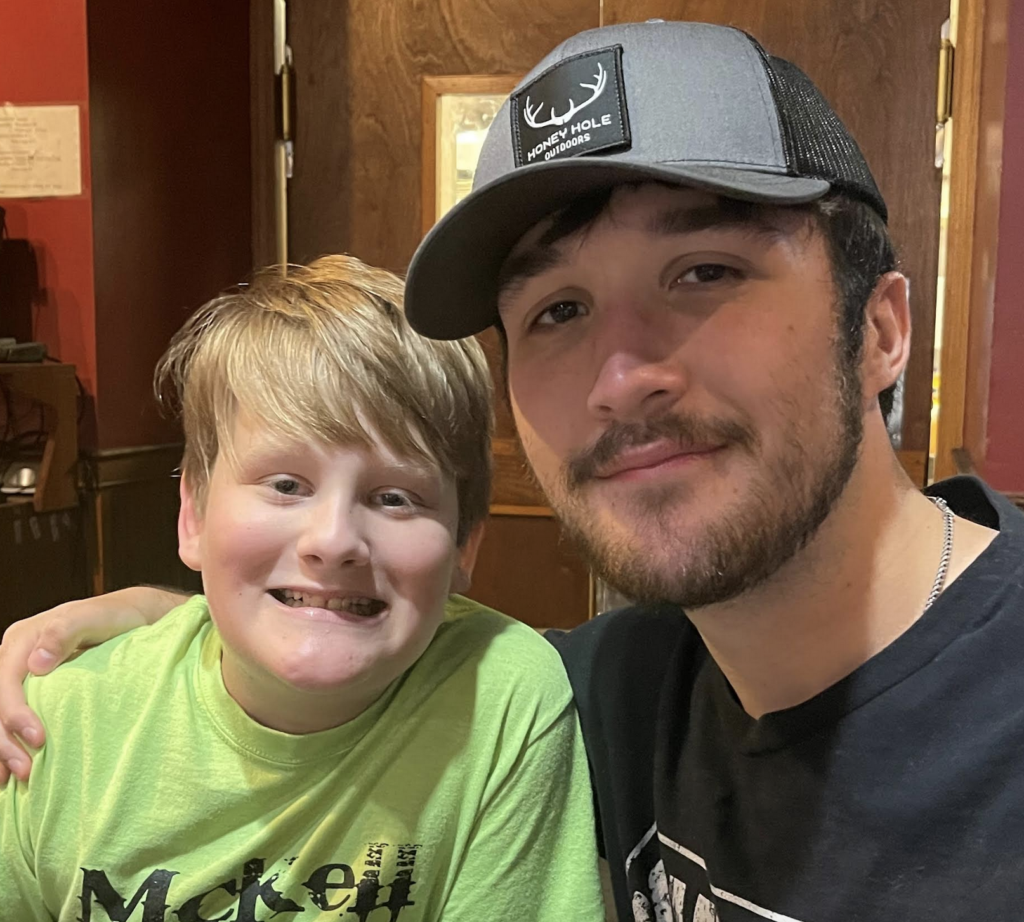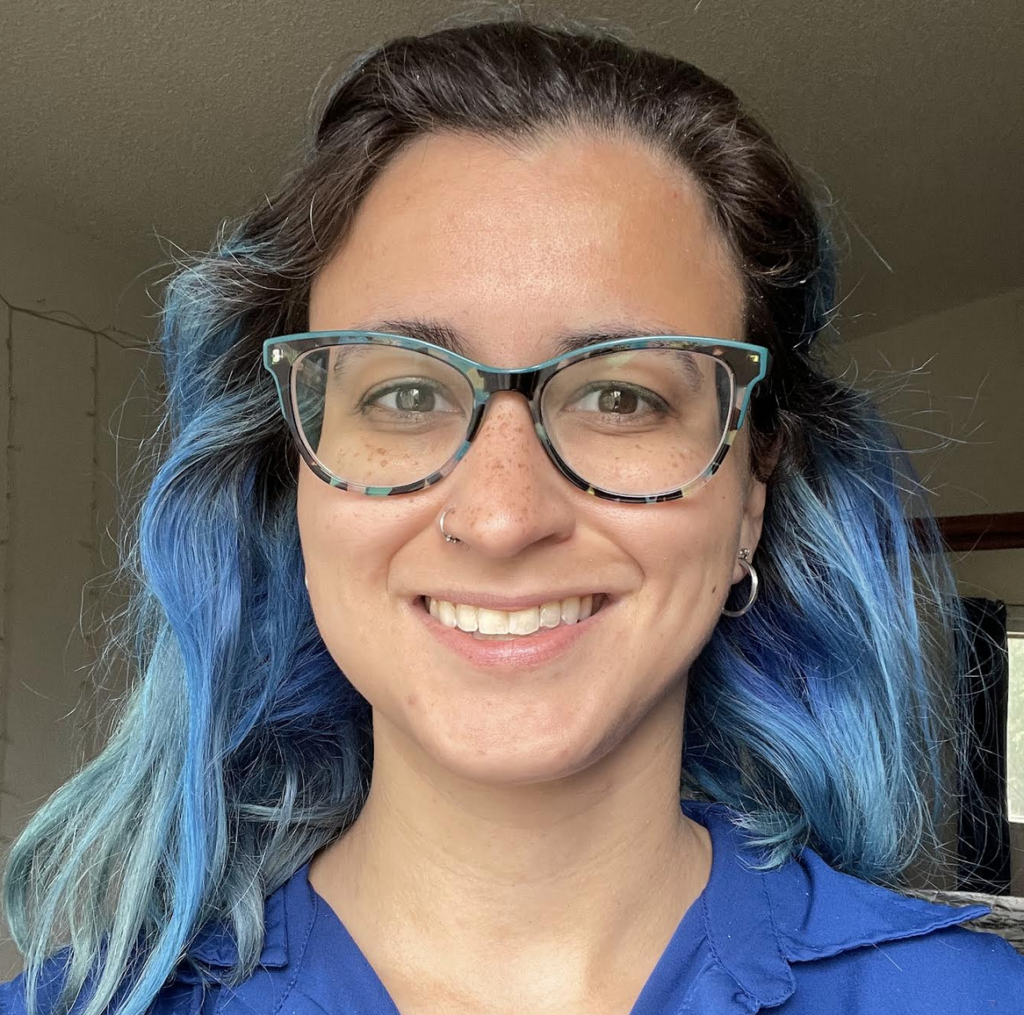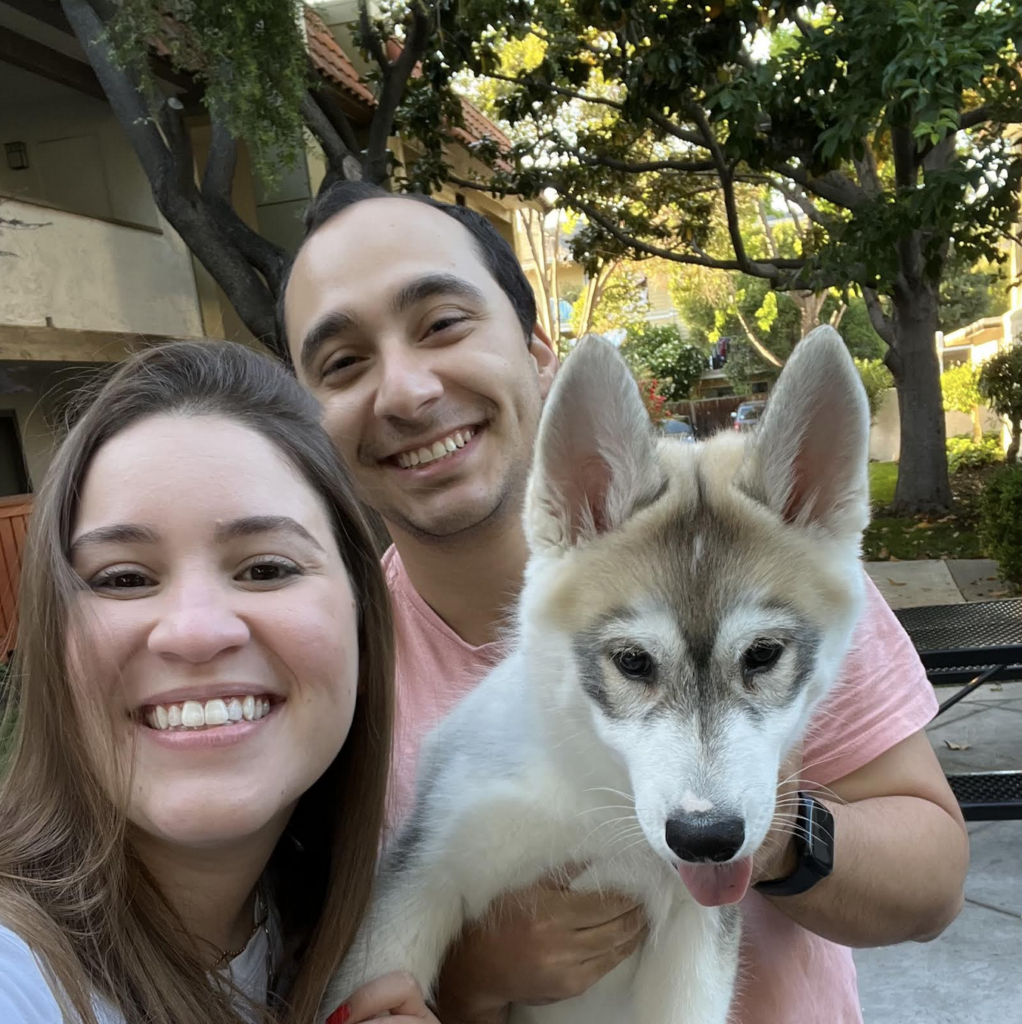Handwriting – a necessity towards success: How an Occupational Therapist can help fix poor handwriting!
Have you ever looked at someone’s writing and thought to yourself “what does this say”, I know I have. Doctors always get a bad reputation for not having clear handwriting, and before computers prescriptions were frequently near-impossible to read. As a child, I recall playing games to identify words and letter written by my teachers and parents. My friends and I would all play and whomever could identify what was written would win a prize.
So unless you want your handwriting to be used for the games my friends and I played or to get bad reputation for horrible handwriting something needs to be done. While computers have greatly change the need for handwriting, but it is still a need.
According to an occupational therapist’s perspective, the word ‘Handwriting’ means a perfect synchronization of eye-hand coordination, focused attention, tactile sensory input, grip strength, muscle power, adjustable grip ability, and so a very well organized cognitive skills.
Just think! You are asked to write a capital letter ‘H’ (ah, my name starts with this beautiful letter!). So what do you do next? You just write the letter ‘H’, right? Well yes and no, for most of us your body just does what it is suppose to do and writes the letter ‘H’, but there are so many more steps involved than just writing the letter. Because of all these steps many kids end up with poor handwriting.
But as an occupational therapist, I would like to stop you at this time and direct your thinking to all the steps involved in writing.
I look for a pencil to see where it is, my brain will measure how much muscle power is necessary to reach there, how long my hand should expand, how a pencil touch should be felt on the finger-skin, how wide my fingers should open up to pick it up and what force is necessary to bring the hand back towards the paper.
Okay, is that a lot? But wait, there is still little more involved in this process.
Next, my eyes will locate the space where this letter should be written, my brain will recall what does ‘H’ means in a verbal direction. Further, my fingers will hold a pencil in a correct grip- such as a tripod grip for example, brain will manage the force during the fine motor prehensile task, in a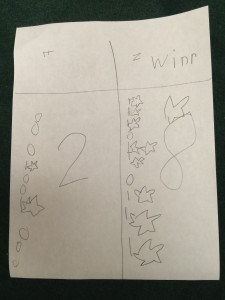 manner that the writer himself could see what is being printed on the paper, and the push should not be too much that will break the lead of the pencil or it should not be too light that one cannot read that.
manner that the writer himself could see what is being printed on the paper, and the push should not be too much that will break the lead of the pencil or it should not be too light that one cannot read that.
And, the Last step, what everyone does unknowingly that, check for the final print and if it has errors, erase and do everything again to make it clear. After all, final impression is what you work for, right?
Now think, what if any single step is missing in the whole writing system? What if you are not able to write as good as you want to? What if everything seems good but, still you are not able to write precise words? What if you cannot feel the pencil in your palms? Many questions. But, the end-result is the same and it is bad handwriting.
So what are you to do when your child has bad handwriting? To improve the writing of your kid, you might consult an occupational therapist (OT). Occupational therapist are skilled at identifying and fixing the skills that are causing poor handwriting. While most parents resort to making their child write and re-write letters this just is not going to work. Bad practice only leads to bad skills. The child needs to fix the under lying problems before the writing will truly change. When teaching handwriting the teacher should use fun and child oriented approaches to help keep the child motivated to work on handwriting, because handwriting alone can be very boring. A child needs positive reinforcement. If he gets a lot of complaints about his/her handwriting, he will less interested in writing tasks. The professional help of an OT is good to identify where the difficulty is, and how scientifically one should help the child to solve it!
An OT teaching handwriting can work magically! While others a tutor can help with handwriting only an OT can identify and fix all the skills that are causing bad handwriting. As an OT, I can help with grip style, strong fingers, proper wrist position and a good cognition – all of this works together for the best writing. It always feels good when you hear “you have beautiful writing” so let an OT help you make this a reality!
JLD therapy offers handwriting sessions with occupational therapists who have been specifically trained in handwriting and the fine motor skills that are preventing your child from having their best writing. If you want to help your child with a skill they are going to use every day, and which will affect their academic performance contact us today so we can help.
Handwriting Sucess
Co-Authored by:
Hiral Khatri, OTD(c)
Occupational Therapy (Intern)
Jennifer Davis, MS, OTR/L
Senior Occupational Therapist
Handwriting without Tears- Level 1 certified.
